These two portables were a huge part of my early teen years. I pre-ordered the PSP when I was 14 years old. I used my allowance saved up for 6 months to slap down that $250. I hadn’t been that excited about a piece of hardware in my life. I made a wallpaper (see below) for it, prepped files to transfer to the measly 32MB memory card, and even picked out a case ahead of time. The Nintendo DS was more of an afterthought. I never got excited about it due to the less powerful hardware and the heavily criticized touch screen. People thought it would be full of gimmicky games and lack the essence of what made the Game Boy so great. I’ve owned both of these systems for many years now and have played a good majority of their libraries. I want to break down the categories into hardware, revisions, software, and then various game genres. Most people just pick the best-selling games and compare them, but the systems go deeper than that. Some genres were stronger on one system over another due to their button layout and unique hardware. I am honestly tired of these comparisons. The DS had Zelda, and the PSP had God of War. It’s so much more than that.
Looks/Shelf Appeal
Sony PSP
This is the first thing that you will notice before even picking up the system, so it makes sense, right? What system had the more attractive box, better pack-ins, and overall looks? This matters more than people think, especially for the casual gamer who doesn’t do extensive research beforehand or the non-gamers who make a spontaneous purchase.
The PSP overall had a much larger box than the DS. It even showed right up front what it included. You get a hand strap, a 32MB Memory Stick Pro Duo for game saves, a UMD demo sampler, wired earbuds with a remote, a soft case, a cleaning cloth, and the system itself. For $250, you saw right there that you got some value for all that money. Not only that, but the PSP itself was plastered on the front for all to see. The XMB showed a music, video, game, and photo symbol, so you knew this thing could do multimedia. This was the last of the Sonys of the ’90s where everything they created had value and they showed right up front what you were getting to entice buyers, and it worked.
Unboxing the system felt premium, and holding that sleek handheld was an experience I will never forget. It was sleek and slim, looked futuristic, had great build quality, and was comfortable in the hand. It was one of the best gaming unboxings of all time, and nothing has topped that since.
Nintendo DS
The Nintendo DS wasn’t super appealing at first glance. The touch screen and the prominent stylus made you think it was a PDA of some sort (PDAs were still a thing back then), so it was confusing. Was it a game system or a personal organizer? The casual observer would be confused. The dual screens didn’t help either, further pushing the PDA look. There was no video game shown on the front, and the drab gray box was lifeless. There were no pack-ins with the DS either. While it was $100 cheaper than the PSP, that sure made it appealing, but you didn’t get anything with it.
When you actually unboxed the system, it was bulky and kind of ugly, and the screens weren’t very bright. A far cry from Sony’s bright LCD on the PSP, however, there was no ghosting on the DS like there was with the PSP-1000 model. The speakers sounded good, and it had wifi as well, but another appealing factor was the backward compatibility with GameBoy Advance titles. This also acted as a peripheral port. Great for rumble packs and anything else you could imagine going in there.
Software
Sony PSP
The PSP was the first handheld to be a full multimedia station. This was before smartphones took off, so it was a very popular option for people wanting an MP3, video, photo, and gaming machine all in their pocket. It was fiddly with the videos, as they had to be encoded in MP4. The PSP could also play WMA and MP3 files, but not FLAC or WAV. While the PSP could also display photos, it seemed pointless without having a camera. While one would come later, it was of terrible quality and nothing close to what the first iPhone had. All of this multimedia stuff was great, but it came at a cost. Memory Stick Pro Duos were very expensive in larger capacities. The one it came with was meant only for game saves and DLC. If you wanted to do anything else, you needed to get a 64-MB one or higher. Forget sticks that were 1GB. These cost hundreds of dollars and took a couple of years before coming down to an affordable price. This was Sony’s way of future-proofing the system, but it wasn’t appealing to early adopters. I remember my first large memory card was 512 MB, and that cost $70 just one year later.
This was essentially where the XMB was born. What we got on the PS3 and PS4, and even a little bit on the PS5. Many Sony Blu-Ray players also used this menu system. It was simple and easy to figure out. Sony would later add comic support, web browsing (which was awful and slow), RSS feeds, and digital TV in Japan. It tried to do it all, but it couldn’t do it all very well. It helped show off the power of the PSP.
Nintendo DS
What you see is what you get. This is all there was to the DS’s software. This single screen You could go into the options and set your birthday for certain games to recognize, but that’s about it. There was a simple calendar and an analog clock. Pictochat was your only app, and you could choose which game slot to play on DS Download Play, but that’s it. The DS didn’t focus on anything else but the games, and for the price, you expected that. I was surprised the DS had a menu system at all because of how simplistic the overall design was. There was no need for more expensive memory cards, as all games were saved on the game card.
Online Capabilities
Sony PSP
This was in the early 2000s. Everything was online or needed to be. The PSP had this in mind right out of the gate with what Sony called “Infrastructure” play, or online play. Many launch titles had it, but they also had “Ad-Hoc” play, which was wireless local multiplayer. Some games had the ability to play online locally with one UMD, which was awesome, but very few games support this. Playing online was as simple as connecting to an access point, but this became impossible when later routers implemented WPA2 WiFi security, which the PSP did not support. Being able to use a web browser was neat. Does anyone remember the hidden one in Wipeout Pure? Downloading DLC on a handheld was also really cool. You could later download comics and RSS feeds, which were ahead of their time. Only smartphones were doing this. However, in the end, it was up to the game to support online play. Sadly, neither system supported a friends list, clans, rankings, or anything like that.
Nintendo DS
Surprisingly, the DS was capable of the same online play as the PSP, but mostly local wireless was implemented. You could play with up to four players off of one cart if the developers allowed it and even beam demos to your friends. This was utilized more than the PSP, and very few games had online play. The DS suffered from the same security incompatibility as the PSP later on but also had a feature the PSP didn’t have: DS Download Play. You could go to game stores and download demos of games, which was really cool. Sadly, due to the lack of a storage option, you could not download or obtain DLC in any way unless it was in the cart and unlocked by connecting to a server. Overall, the online capabilities of the DS were barely there.
Hardware/Features
Sony PSP
The PSP is technically superior in pretty much every way. A faster CPU and GPU, more RAM, a bigger screen, an external wifi switch, a larger physical media capacity, and a few more options. However, the CPU was underclocked for a good year to 222 MHz to save battery life until God of War: Chains of Olympus came out to overclock it to the full 333 MHz. A firmware update was required to even do this, which shipped with the game. While the media capacity was larger, a UMD was 1.8 GB compared to a DS cart’s 512MB max capacity. That’s three times larger. This allowed for richer worlds, more content, and better visuals overall. The downside to this was spinning media on a battery. The UMD sucked the battery’s life down, and thus games later in the system’s life opted for data installs as the prices of memory cards came down.
The physical design of the PSP, while beautiful and ergonomic, was also fragile. The system got dust under the plastic lens easily, the LCD could easily crack (I cracked mine only a few months in from just being in my pocket), the UMD drive failed, and while the battery was removable, it had a fairly low capacity, only giving users around 3–4 hours. The LCD also had serious ghosting issues, but many didn’t notice this as LCD screens were still expensive. While the PSP did a noble job on its first outing, it had some serious flaws that were later addressed in newer models.
Nintendo DS
The DS had lower-powered hardware, but the battery lasted much longer. Getting nearly 8–10 hours on a single charge There was no spinning media to worry about or a large power-hungry screen. The DS did have smaller screens, and while they were clear, the backlight wasn’t that great on the first model. The touch screen was also prone to scratching. So in the screen department, it didn’t do so well. The DS didn’t have a sleep mode like the PSP did. The game had to support going to sleep so you could close the DS up. The DS was built better and felt sturdy; however, the hinge was a weak point. The stylus was also prone to getting lost, and when that’s gone, you can’t play any games at all. A loseable core piece of hardware is a downside.
In the end, they both have their strengths and weaknesses. The DS has lower-powered hardware, but the touchscreen forces gameplay innovation and creativity. The PSP looks sleek, but it is really fragile, and the spinning media suckers up the battery. You also need expensive proprietary memory cards. With the PSP’s largest strength being processing power, the DS just edges out everything else.
Revisions
Revision 1
Sony PSP-2000
Handhelds are notorious for hardware revisions. Some give better processing power, but they are, in the end, built to cost and are meant to be cheaper to produce. Both systems had many revisions with pros and cons. For starters, the PSP’s revision of the PSP-2000, or “Slim and Lite,” reduced the screen ghosting by a lot but made the PSP feel lighter and too cheap. It felt more plastic-like and had fewer metal parts inside. It came in many more colors and bundles, but it also didn’t come with anything like a value pack. This was just a core model. Sadly, the storage option wasn’t addressed, and the battery was surprisingly shrunk down, so you got less battery life. The only addition was video output, which was nice but made no sense. However, Sony doubled the RAM for faster loading times and better web browsing. The D-pad was also slightly improved. That was probably the second-greatest addition, next to the better screen. It was a modest revision, but nothing spectacular, and didn’t focus on the system’s biggest weaknesses.
Nintendo DS Lite
Nintendo released a strikingly slimmer Nintendo DS Lite. This thing was very sleek and gave off PSP vibes with how slim it was. Like the PSP-2000, not much was addressed. The biggest complaints were the size and chunkiness of the original model, and that was taken care of. Brighter screens, a longer-lasting battery, and a longer stylus were added, so nearly every issue with the original model was fixed. This is the perfect DS to get if you want GBA compatibility.
In the end, the PSP didn’t address enough of its bigger issues and added features that didn’t enhance the overall experience. While the DS Lite didn’t add anything new, it focused on improvement.
Revision 2
Sony PSP-3000
The PSP-3000 was Sony’s last full-size revision. It had even fewer improvements over the 2000 model, only adding the best screen yet with a half-reduced pixel response time, more brightness, and a better contrast ratio. However, the parts were cheapened even more, and it almost feels like a toy at this point. The component video was added to the video output, which is nice, I guess. I never understood hooking a handheld up to a TV. It kind of defeats the purpose, and it looks ugly. That was it. The lens on the screen reduced glare, but overall, it was a severely cost-reduced model, and that was clearly the goal. By now, the PSP was at its peak and was quickly dropping in sales.
Nintendo DSi
This is where Nintendo took a step back. They removed the GBA slot, which rendered all DS accessories useless and had no backward compatibility. Instead, they added two cameras, which were awful and pointless. I would have rather kept the GBA slot. We did get a more powerful CPU for the DSi and a new home screen. The doubled CPU power was nice and helped with DS games that suffered a slowdown on the previous models. We also got a four-fold increase in RAM and 256MB of internal storage for the DSiWare games, plus an SD card slot. While the GBA slot was taken away, we did get an actual advancement in the software and hardware side of things, unlike the PSP. The last downside was shorter battery life due to the larger screens, increased CPU speed, and better wifi card.
Revision 3
Sony PSP GO
This was Sony’s final outing, and it was a drastic change. They wanted to really push the PlayStation Store by making a digital-only handheld. That’s great and all, but what about all that physical media out there? They promised a program that would allow you to download a digital game if you had the physical one, but there was no way to prove this and prevent piracy. In the end, you had to re-buy everything, and this killed sales. They also introduced a new, more expensive, and harder-to-find proprietary storage that came in smaller sizes than memory stick pro duos. The memory stick micro, or M2, card maxed out at 32GB. Despite this serious downside, the new compact slide-out design was reminiscent of phones back in the day and was a huge hit with fans. Again, there’s a downside to this. The 4.3″ screen was reduced to 3.8″.
While Bluetooth was added to connect a PS3 controller to a TV, Sony continued to alienate previous owners by making the cable proprietary and removing USB support. This was to support the official dock as the PSP could act as an analog clock, MP3 player, and video player; however, this was too late. While it’s a super sleek handheld, and the 16GB of internal storage is a good start, it’s not enough. There should have easily been 32GB of internal storage and SD card support. But Sony’s rampant, frothing-at-the-mouth drive to deter piracy killed the sales of their system.
Nintendo DSi XL
This is probably the best version of the DS to get overall. It sadly doesn’t improve anything outside of larger screens and better battery life. If you want bigger screens, get this. If you want smaller screens, get a DSi. I owned one at one point and loved the larger 3.25″ screens. The system feels heavier but is still sleek and well-built. I can’t give this one to Nintendo this time due to how little they changed anything. At least Sony tried to redesign the entire PSP despite its many setbacks.
Physical Games
Action
Sony PSP
The power of the PSP was suited for action games. Lots of explosions, fun combat, and the analog nub helped with this. Sadly, the lack of a second stick meant camera control was left to the computer or other buttons. Action games were plentiful on the PSP, with a lot of bestsellers. Most of Sony’s AAA titles were in this category. While not all of them were knocked out of the park, many showed off the power of the PSP, which set it apart from the DS at least in that way.
Some notable games are God of War, Syphon Filter, Pursuit Force, Grand Theft Auto, Jak & Daxter, Ratchet & Clank, Ace Combat, Assassin’s Creed, Call of Duty, Brothers in Arms, Coded Arms, Monster Hunter, God Eater, Killzone, Manhunt, Marvel: Ultimate Alliance, Medal of Honor, Metal Gear Solid, Prince of Persia, and the list goes on. These were massive franchises, and most had the PSPs’ backs. If you want to play action games, there is no shortage on the PSP.
Nintendo DS
The DS did have some action games, but the lack of analog control and the stylus made it difficult to port games or stick with known franchises on the system. There weren’t many 3D action games, as the system was best for 2D platformers and RPGs. We did get a few noteworthy titles such as Grand Theft Auto: Chinatown Wars, Dementium, Moon, Metroid Prime: Hunters, Call of Duty, Brothers in Arms, Ninja Gaiden, Contra, Okamiden, and LEGO, and that about sums up 3D action titles on the DS. It was slim pickings, and only a few of these titles were amazing.
Racing
Sony PSP
Due to the PSP’s 3D capabilities, racing games were huge on the system. If you were a racing fan, this was the system for you. Nearly every major franchise landed on the system. ATV, MX, Burnout, Juiced, Need for Speed, Ridge Racer, Flatout, Split/Second, TOCA Race Driver, Gran Turismo, Wipeout, Outrun, Test Drive, Midnight Club, MotorStorm, Sega Rally, MotoGP, F1, WRC, NASCAR, Hot Wheels, Micro Machines, you name it. Not all of these were fantastic titles, but a lot of them looked good and felt great on the handheld.
Nintendo DS
The DS didn’t lack any racing games, but due to the weaker 3D abilities of the system, racing games weren’t the first stop for the system. Mario Kart probably dominated that genre alone, but there were some third-party franchises as well. Burnout, Need for Speed, Asphalt, GRID, Sonic Racing, Trackmania, Racer Driver, Moto Racer, Dirt, Juiced, Ridge Racer, Diddy Kong, and a few others While some of these franchises were also on the PSP, they were far superior. Some developers created all-new experiences on the DS over the PSP, so they were their own unique games, but the ports weren’t very good and felt slow and boring. While there are a few solid titles on the DS, they’re not the go-to genre for this system or its strength.
RPG
Sony PSP
The PSP was a strong system full of JRPGs. Not many Western ones made it to the system, with the biggest being The Elder Scrolls: Oblivion, which was canceled. Many franchises, nearly all of the popular ones, made it onto the system in both 3D and 2D. Remakes, remasters, and one-shots made it onto the system as well. Series like Star Ocean, Final Fantasy, Persona, Kingdom Hearts, Valkyrie Profile, Ys, Lunar, The Legend of Heroes, Crimson Gem Saga, Class of Heroes, Brave Story, Phantasy Star, Dungeon Siege, Untold Legends, Growlanser, Tales of the World, Blade Dancer, and many others If you notice, a lot of these are lesser-known series, and Final Fantasy dominates the system. There were more RPGs released only in Japan that the West never got. Thankfully, some have been translated by fans.
Nintendo DS
The DS was clearly the strongest winter in the RPG department. While it didn’t see hardly any Western RPGs, JRPGs dominated the system and were one of its strong suits. 2D RPGs and even 3D isometric ones were popular, with pretty much every franchise backing the system. Final Fantasy, Kingdom Hearts, Mario & Luigi, Pokemon, Dragon Quest, Radiant Historia, Shin Megami Tensei, Lunar Knights, Nostalgia, Etrian Odyssey, Chrono Trigger, Lufia, Golden Sun, Rune Factory, Suikoden, Sonic, Luminous Arc, Phantasy Star, Avalon Code, Digimon, and the list goes on. As you can probably tell, Pokemon alone would win this category. But you had Shin Megami Tensei games that weren’t Persona. Unique Final Fantasy games that weren’t remakes or ports. Quite a few one-shot exclusives. Dragon Quest never made it to the PSP, and neither did Suikoden. There’s so much variety here that any JRPG fan will love the DS in this category.
Puzzle
Sony PSP
Puzzle games are great in any portable form, and every handheld has a good amount of them. The PSP was no exception, with the puzzle-rhythm hybrid Lumines being the first on the system. The PSP has a ton of original puzzle games and ports. Some of them are wholly fantastic. Games like Echochrome, Lumines, Crush, Exit, Practical Intelligence Quotient, Downstream Panic, Mercury, and others were great games that fit the widescreen of the PSP. There were also a lot of bad puzzle games on the PSP, and sadly, more than good ones.
Nintendo DS
The touch screen was just screaming for puzzle games. You can physically manipulate them outside of buttons, and it gave the genre a chance to add another dimension. There were so many puzzle games on the DS that it drowned out the PSP in comparison. Brain Age, Big Brain Academy, Picross, Meteos, Tetris, Planet Puzzle League, Professor Layton, Henry Hatsworth, Scribblenauts, Peggle, Touchmaster, Polarium, Crosswords, Clubhouse Games, and the list goes on. There weren’t just traditional puzzle games, but word games as well. Sudoku, Crosswords, and many others allow you to write answers. That’s more than the PSP could do. This is a situation where the genre fits the system better.
Platformer
Sony PSP
The PSP has a hardware advantage here. The system isn’t just stuck with 2D platformers. 3D ones were common on the system, but then another hardware fault bit it in the ass. The lack of a second analog nub means no camera control. This became a widespread problem in the system. 3D platformers were frustrated endeavors, and the DS’ lower-powered hardware suddenly could shine because of this. Games like Death Jr., Daxter, Ratchet & Clank, Pac-Man World, Jak & Daxter, Crash Bandicoot, Toy Story, and many others were decent to middling. 3D platformers would have been a huge leg up for the PSP if it just had another analog nub. That’s not to say 2D platformers never made it to the system. Games like LittleBigPlanet, Mega Man, Prinny, Ghost & Goblins, N+, Castlevania, and many others made it to the system and performed better, but there just weren’t a lot of them. The PSP isn’t anything to sniff at when it comes to platformers, but nothing truly stood out.
Nintendo DS
With the power of Nintendo’s already strong platformer games and a lot of third-party series, the DS really did shine. It didn’t have to worry about clumsy 3D controls either. Games like New Super Mario Bros., Super Mario 64, Super Princess Peach, Sonic, Kirby, Mega Man, Spider-Man, Castlevania, Wario, The Legendary Starfy, Yoshi, Contra, Aliens, and many others Super Mario 64 was one of the rare 3D platformers, but it worked well thanks to being tailored for the system. It might kind of feel like there’s cheating here because Nintendo has such a strong presence in the platformer genre, but what’s here is here. While the PSP may have had a larger variety of platformers, the DS had a much stronger sense of quality.
Sports
Sony PSP
With the advantage of 3D and not needing to really use a camera, the sports genre had an advantage here. Sony had their own sports series, plus third-party companies like EA and 2K could throw theirs on here as well. Games like NBA 2K, NBA Street, NFL Street, Tiger Woods, Pangya, Madden, FIFA, Fight Night, Hot Shots, Tony Hawk, WWE, NHL, Virtua Tennis, NBA Live, Pro Evolution Soccer, Football Manager, The Bigs, and the list goes on There was a massive pouring of sports games on the system of nearly every genre. While a lot of them aren’t very good, there is at least one decent title in every series on the system.
Nintendo DS
The DS was interesting when it came to sports titles. Developers had to be creative to put their series on this system due to the lack of 3D horsepower. Series like Tony Hawk were better on the DS (outside of Underground 2 Remix) because of the creativity needed. You also had series like Tiger Woods that used the touch screen in unique ways. There were many other series on the DS as well, like FIFA and Madden, but they weren’t really any good. Nintendo had its own sports series like Mario Hoops, Mario & Sonic, and True Swing Golf, but again, nothing special. Many series were one-and-done on here, like WWE, Skate, Real Soccer, and some others that just didn’t perform well. The DS was a real mixed bag in the sports arena, with only a few standout titles. This is where the lack of 3D power hurt, despite the unique controls.
Rhythm
Sony PSP
Rhythm games during this era weren’t very popular on handhelds in the West. They exploded in the East, and you usually had to import them if you wanted the best the systems had to offer. This was mostly the case with the PSP. There was Rock Band Unplugged and Lumines in the West, but Japan, China, and Korea got the likes of Hatsune Miku: Project Diva, DJ Max Portable, K-On, and Pop’n Music. The PSP’s widescreen format was great for rhythm games as it allowed a wide playfield, and the number of buttons worked out great. The power of the system also allowed for music videos to play in the background, which most rhythm games did.
Nintendo DS
The DS may not have had the powerful hardware or widescreen format, but the touch screen provided a more physical and unique interaction for rhythm games that matched the arcade. Games like Elite Beat Agents, Ontomarama, Rhythm Heaven, Lego Rock Band, Guitar Hero, and many more There was a much larger Western following thanks to the touch screen, but many of the rhythm games lacked content due to the cartridge’s small size and no way to download DLC. A lot of the DS rhythm games were more experimental, and thus many didn’t review them as well as the PSP rhythm games. Guitar Hero was fine, but the grip controller cramped your hands. There were also more consistent franchises on the PSP with yearly releases, but the downside was needing to import.
Fighting
Sony PSP
The power of the PSP allowed for great 3D fighters, and many jumped ship from their console cousins. Franchises like Mortal Kombat, Street Fighter, Tekken, Dragon Ball Z, BlazBlue, Soul Calibur, and many more made it onto the PSP. At least one entry in every major fighting franchise made it over, and most were original titles. That’s not to say the majority reviewed well. Most of the 3D fighters reviewed received middling scores, and this was mainly due to the PSP’s not-so-ideal D-pad for fighting games. Despite the less-than-desirable average score, they made it onto the system nonetheless, and many gamers ate them up.
Nintendo DS
The DS had some major franchises make it over, like Mortal Kombat, Guilty Gear, Dragon Ball Z, Bleach, and Naruto, but it wasn’t as vast as the PSP. The DS was even less ideal for fighting games due to a lack of analog input, and the DS’ D-pad wasn’t much better. Some games added a touchscreen swipe system, but these just never felt the same. Sadly, the lack of power meant 3D fighters suffered, and 2D fighters looked squished on the small screen.
Conclusion
Well, despite this seeming like a competition, each system has its strengths and weaknesses, and some might work better for what you want than others. Some may only play RPGs on handhelds, so the DS would be the best system for you. Some may want more multimedia features, so the PSP would be the way to go. While in the comparisons, the PSP seems to have a stronger library, it only seems that way at first. A lot of PSP games didn’t review as well as DS games on average. The lack of first-party support with Sony not releasing as many games as Nintendo did on the DS and the DS’ lack of power and unique controls forced developers to make games from the ground up. The PSP received a lot worse PS2 ports and movie tie-ins than the DS did. The PSP’s power was also a crutch that many developers leaned heavily on, and it didn’t pay off most of the time. Each system is worthy of your collection, but this contrast and comparison may help those who are on the fence in one area or another.








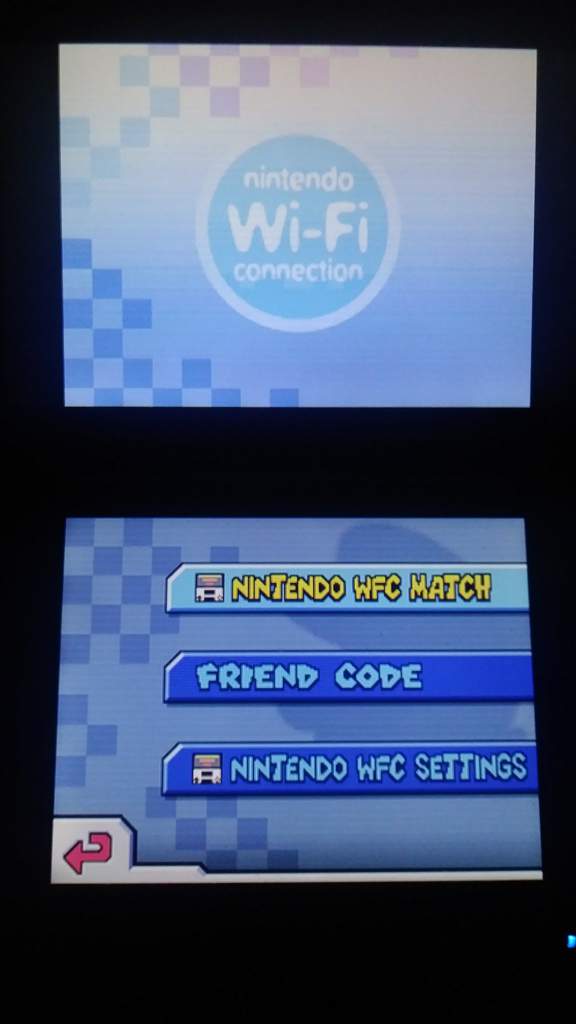






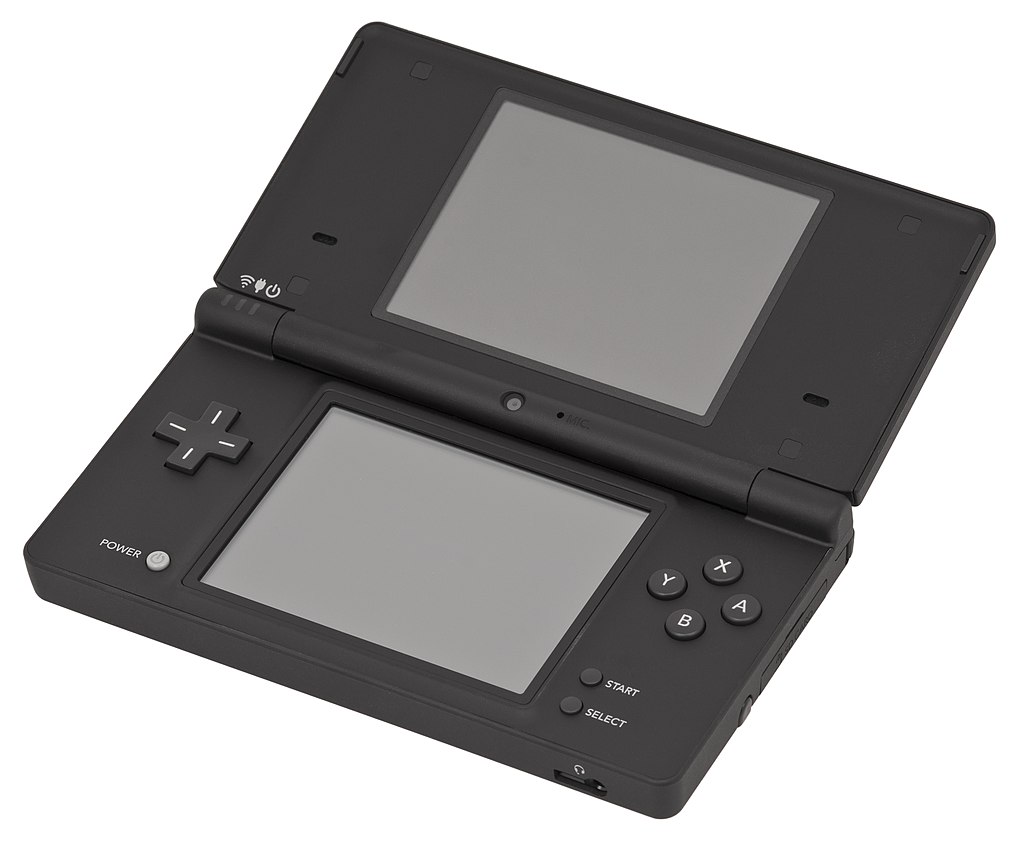






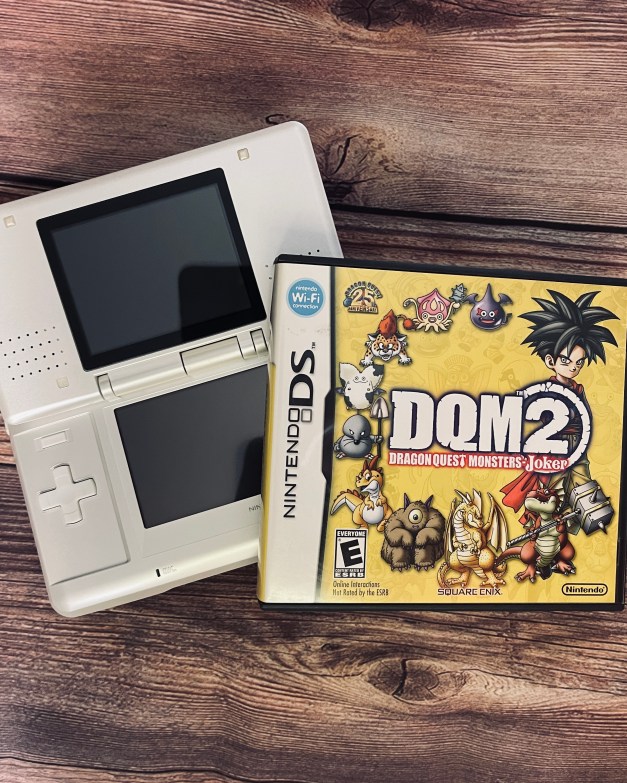
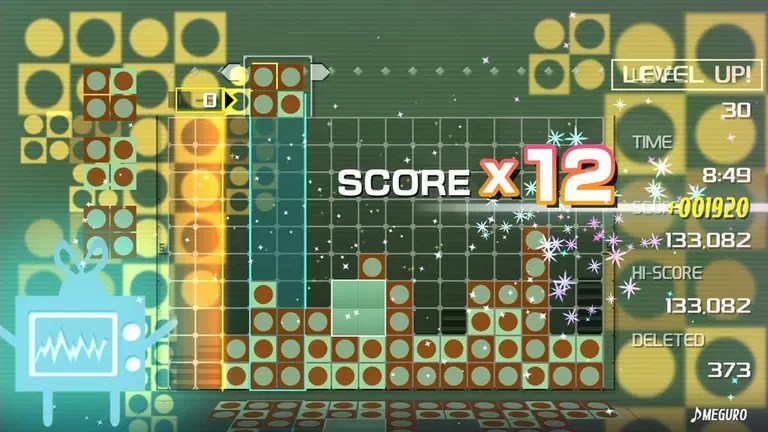


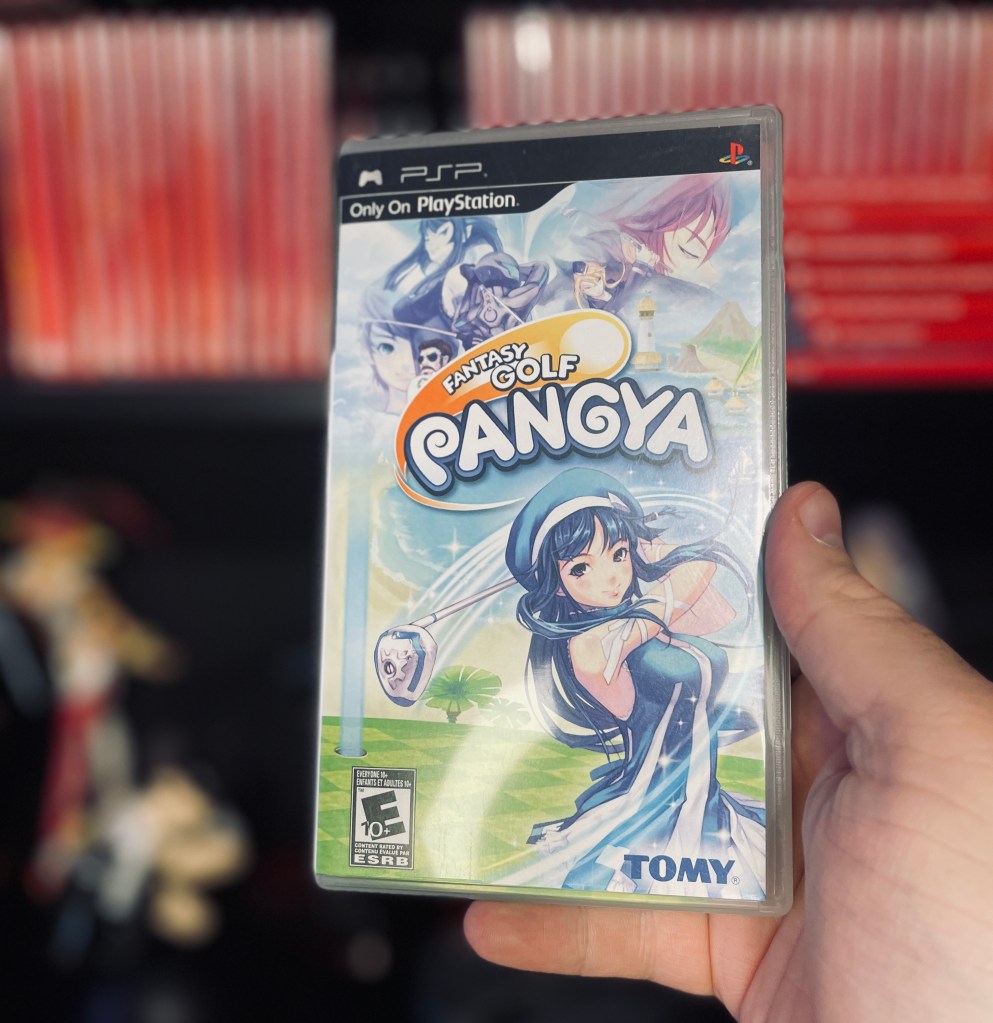


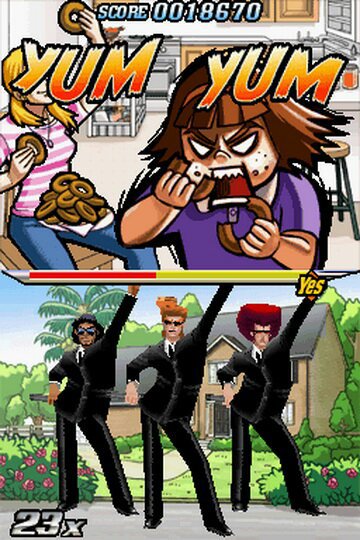
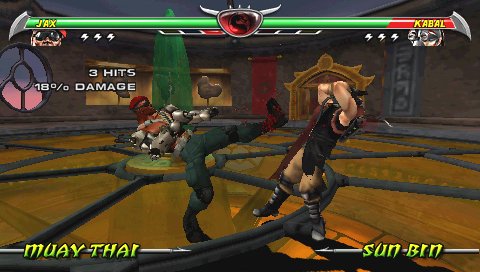

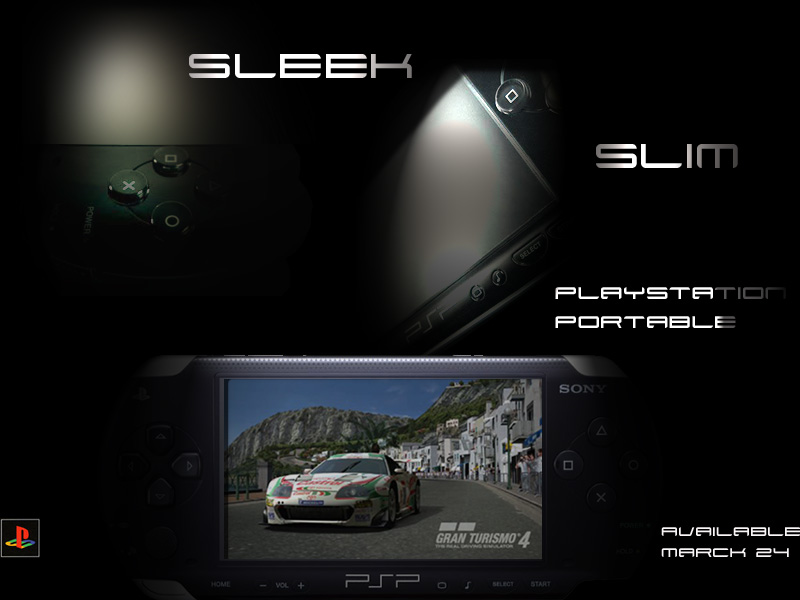









Good read. Even with me favoring the DS , I’m happy I owned a PSP as well. This was probably my favorite generation in regards to handhelds. I remember playing Resident Evil: Deadly Silence all the time and I still play Phantasy Star 0 till this very day. Crisis Core without a doubt is my favorite PSP game and I’ll never forget my first playthrough, especially when I beat the game.
LikeLike
Good to hear! Yeah, it was a magical time. Something that even the Switch can’t capture. The lack of power forced developers to be creative and I still play both to this day as well.
LikeLiked by 1 person